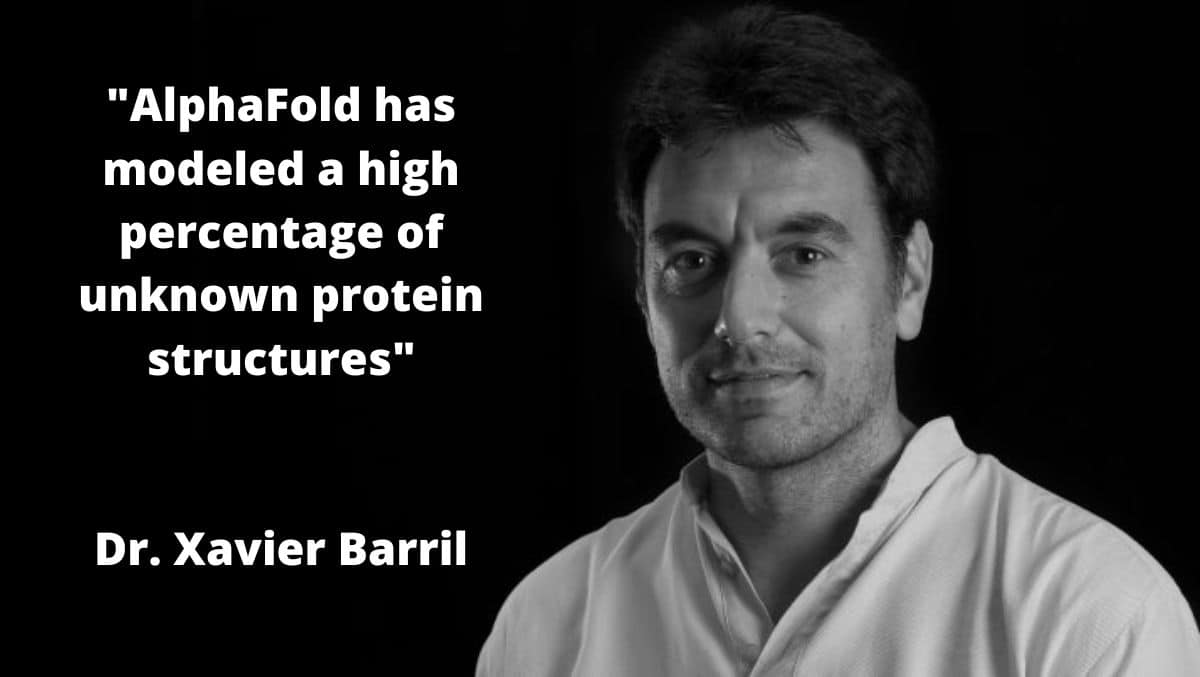Q: Dr. Xavier Barril, what was the evolution of your career?
A: I received my PhD in Biochemistry from the University of Barcelona in 2001 after studying the process of ligand-receptor molecular recognition. After getting my PhD, I spent time working in computational drug discovery and had the opportunity to experience this world in both Europe and the United States. This was a very exciting time with many biotech companies appearing on the scene. I was captivated and chose to move into industry instead of academia. I was working on structure-based drug discovery as this was around the time fragment-based drug discovery was very big in the field. While I enjoyed my time working at Vernalis, I had the opportunity to come back to academia. In 2005, I became an ICREA Research Professor at the University of Barcelona. Now, about a third of my time goes to my CSO duties at Gain, but in general, time becomes very flexible in academia which allows me to be in two demanding roles. It is funny how careers evolve. Industry ended up leading me right back to academia which I have been very grateful for.
Q: After experiencing both worlds, how do you feel about academia vs industry?
A: I find the two fields very complementary because the goal is working together to find something that can help patients and enrich peoples’ lives. There isn’t always the luxury of time in industry as we are always racing to make the next best discovery, and I find balance here in academia. In my research lab at the University, we can develop new computational methods that can be tested and improved over many years. After some years at the University of Barcelona, my research led to starting Minoryx Therapeutics and eventually to becoming chief scientific officer (CSO) at Gain Therapeutics in 2018. One of the benefits of being in both worlds is the collaboration that allows our technology to be used in drug discovery, as is the current case with our platform at Gain.
While the luxury of time exists in academia, it is often very rare to have the time and resources to gather multiple professionals with different backgrounds around a single table to discuss projects. In industry, it is a regular occurrence to have 10+ people with varying expertise to discuss how we can move drugs forward into clinical trials. I find it extremely rewarding to be involved, real-time, in the process of drug discovery from the bench to the clinic. By existing in both worlds, I can look ahead at what will make an impact and understand this impact within the reality of drug discovery. In basic research, we can chase any questions we find enticing, but that doesn’t mean there is any translational aspect for medicine. This doesn’t mean we don’t pursue those questions, but it opens up opportunities for collaborations in the realm of academia that can eventually help advance science and medicine as a whole.
Q: What is the makeup of your lab at the University?
A: It is not as easy to get postdocs here as it is elsewhere, like in the U.S. I have only one postdoc and rely on many students in the lab to do the research. Currently, we have 5 PhDs and 1 Master’s student. I really enjoy mentoring students and it is unique compared to the setup in the U.S. Master’s students here are often highly trained before beginning, which makes it exciting to jump right into projects.
Q: Do you have many projects ongoing in your laboratory?
A: We have many projects currently happening in my lab. We have our collaboration with Gain Therapeutics, of course, where our platform technology is being used to discovery allosteric binding sites. We also have separate collaborations with other investigators that are focused on identifying molecules that can be used as chemical probes to help query the biology of specific proteins. These projects aren’t focused on drug discovery but could eventually lead there. The typical workflow involves a collaborator presenting a target protein, then the lab comes up with a model to validate found molecules whether that is in a cell-based system or animal model. If all of this goes well, some things found in basic research could move into drug discovery. I also enjoy the more fundamental research in lab as well. We focus a lot on just the curiosity of trying to understand the nature of hydrogen bonding between proteins and ligands.
Q: Are you staying mostly in the computational realm?
A: There are computational aspects that we don’t develop, but we can use them for our work. I had to learn a lot about structural biology, cell-based assays, etc. to fulfill my dual roles. I remember the first time I looked at a 3D protein, and it was as if God gave the location of the atoms. I learned that you can update models which can, in turn, change interactions that you would see in the end. These are models based on experimental data, and it is necessary to study other disciplines so you can learn about the data you are acquiring and understand it. You must have a balance between being the best in your discipline but also being sufficient at the related fields necessary to the project. The time I spent in industry was essential to helping me improve my ability to work with and learn from others before moving back into academia.
Q: What are your thoughts on AlphaFold?
A: I’m very happy and excited for what is to come with AlphaFold. There is some hype with AlphaFold. In practical terms, most structures of human proteins were already there because they were modeled with high confidence. They haveAlphaFold has modeled a high percentage of unknown protein structures which is amazing and opens a door to use these structures for drug discovery. What’s coming next is most exciting – using the same algorithms to generate the protein-protein interactions like cryo-EM can. Proteins are very social and to be able to generate all the protein complexes experimentally using machine learning will be amazing.
Q: How useful do you think AlphaFold will be for developing models of misfolded proteins?
A: Machine learning needs big data for evolutionary relationships and structural data. For proteins that do not fold, there is not one solution, there are many. The difficulty here is figuring out which solution is the correct one – which is more populated vs less. The main problem for something like AlphaFold is there is no database to work from when it comes to misfolded proteins. Machine learning can learn anything if provided with data. It can give you quantum mechanics calculations and generate huge databases of molecules and their energies. You need more molecular dynamics to solve the problem of protein misfolding.
For example, we specifically work on allosteric binding sites. We are creating a lot of the data for this field. Computational aspects go together with experimental models. Anything discovered computationally, is validated in at the bench in cell-based models and other in vivo systems. Then we will have enough data validated and be able to use allosteric sites for machine learning to build new models.
Q: Do you still get excited for the discovery of new allosteric sites?
A: Oh yes, yes, we screen millions of compounds and then maybe select 100 molecules. We, or a partner, sets up the in vitro and in vivo assays. They do the experiments to get the results. The anticipation for the results is always exciting. It is like placing an informed bet while you wait for all the results for each compound. We have the computation data, so we know what we think will work, but it never gets less exciting waiting for the experiments to be completed. When we get the data, it’s always like Christmas morning, but then we get to make sense of the data.


